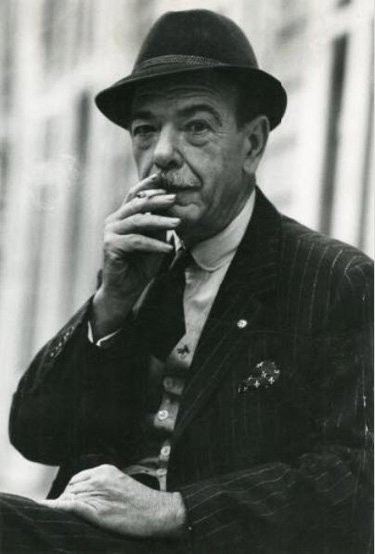“The Rohmer Guy”
"Claire's Knee" (1970), Cinema, Eric Rohmer, GQ, Men's Dress, Millennials

Jérôme is longing to touch “Claire’s Knee” (1970).
I’m a strong cinemaphile. I actually ran a film society at Yale specializing in art films. And, naturally enough, I have considerable regard for the films of Eric Rohmer.
Rohmer’s films are beautifully photographed miniature studies of romantic incident in upper middle class French lives of the late last century. The sensibility, manners, and environment of his protagonists is gratifyingly exotic from the American perspective, and their worldliness is impressively sophisticated by our own provincial standards.
Rohmer’s ladies are generally charming; his males, on the other hand, are
The Rohmer male, Hélas!, only too frequently tends to dress and wear his hair in Gallic versions of the unfortunate styles popular in the 1970s. Most of us would look upon all that as inevitable though regrettable, but leave it to the millennials!
GQ today served up a recent article by Sophie Kemp which identifies a distinctive “Rohmer Guy” style (consisting of dressing like a haute bourgeois 1970s frog
Rohmer guy fashion is everywhere now. At men’s fashion week in Paris, Milan, and Pitti Uomo, there were many guys wearing lots of mustard yellow, which is a classic Rohmer guy shade. There were also plenty of showgoers wearing bell bottoms, fisherman’s sandals, and neutral-toned canvas jackets—all of which are very much in the visual language of Rohmer’s films. Stop by any downtown New York bar with a terrace, and you’re likely to see someone in a pair of corduroy pants and a deadstock button down with an oversized starched collar.
Alexander Si, an artist who works at a Chinatown gallery, identifies as a Rohmer guy. He started watching the directors movies as a teenager, and as an adult, he covets the lives of Rohmer’s men. For Si, being a Rohmer guy is more than just a way of dress—it’s also a way of existing in the world. “There’s no judgement on cheating,” he jokes. Said less in jest: “Everything is slower.” In terms of dress, Si likes how the characters aren’t particularly flashy and tend to be a little more utilitarian.
But why now? Why do guys everywhere seem to be dressing like chill lotharios named Pierre or Gabriel vacationing at a friend’s parent’s chateau circa 1975? Like so much else these days, it seems closely tied to our strange covid-but-not moment. Looking like a French guy on vacation is an aspirational way to go about getting dressed in a summer where a lot of people are still working from home, but where deadly disease is less of a threat. In this long summer where we’re all outside and hanging out together again, it feels kind of nice to dress for the life you want to have: one where all you do is hang out, and look good. C’est sympa comme ça.




